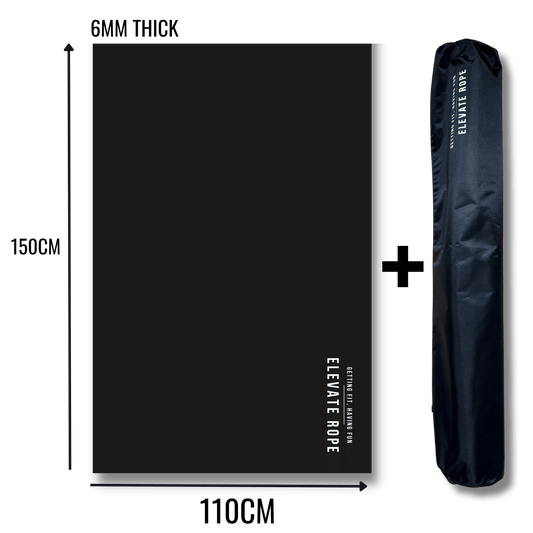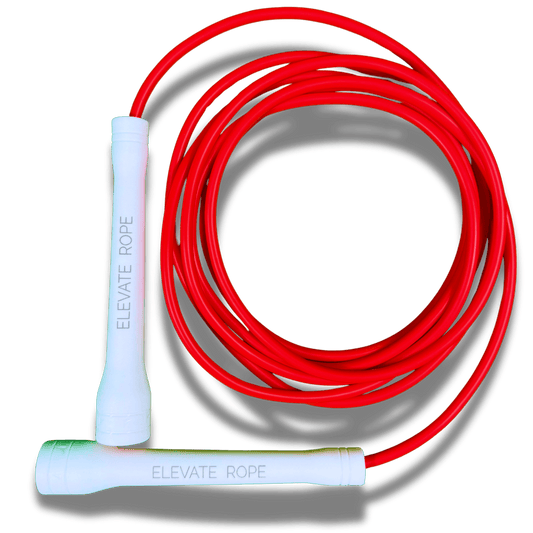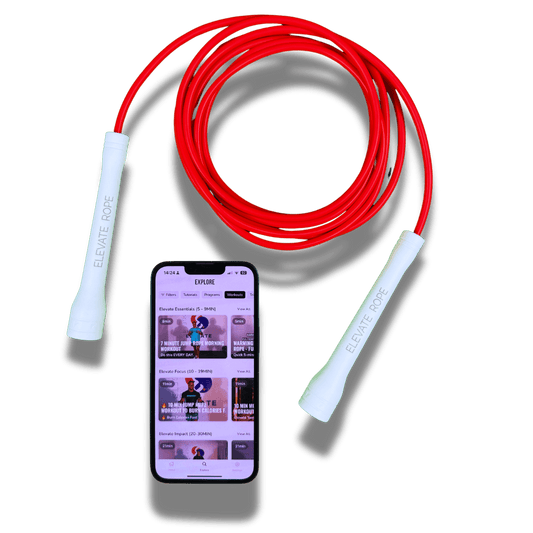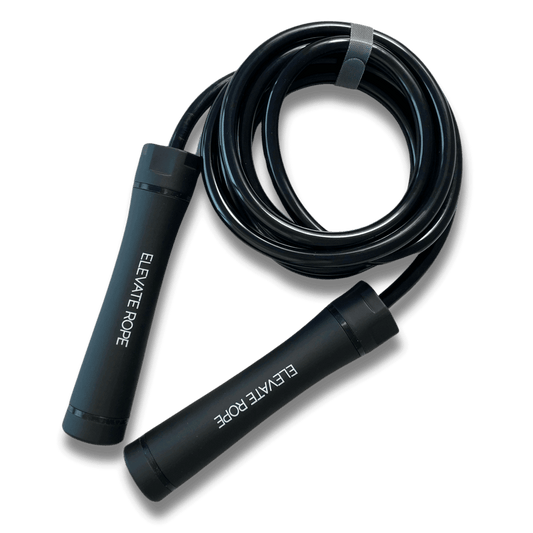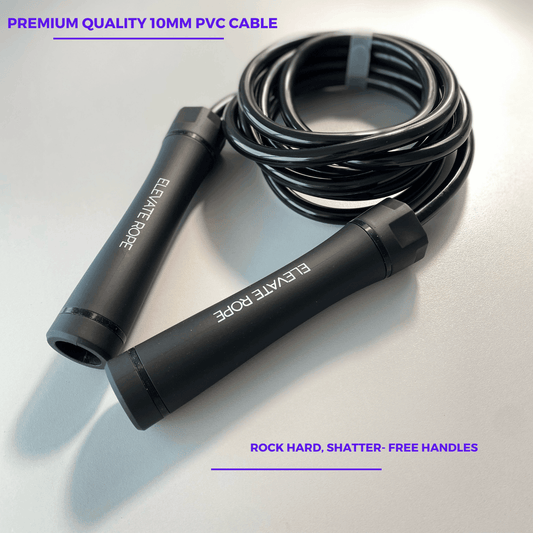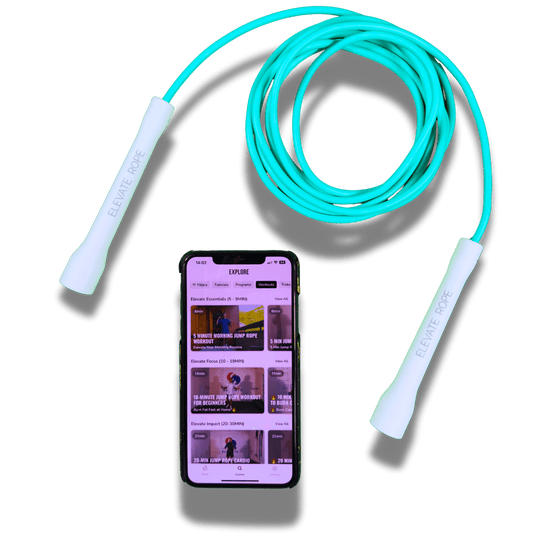Every athlete knows the rush of victory and wins — that electric feeling when preparation, precision, and persistence align perfectly. But when the competition ends, the structure disappears. No more training blocks. No more countdowns to game day. Suddenly, progress feels harder to measure, and motivation starts to fade.
That’s the silent challenge many ex-athletes face: how to stay driven when the scoreboard is gone.
The good news? You don’t need trophies or opponents to feel that spark again. You just need a new framework and wins — one built on the science of small wins.
Dr. Teresa Amabile from Harvard Business School found that people experience more motivation and creativity when they recognize small, daily progress. official Harvard research

The Post-Competition Void: Why Motivation Fades After Retirement
Retirement or transition from competitive sports often creates a unique psychological gap.
As an athlete, your training once had clear metrics — faster times, heavier lifts, higher scores. After competition ends, those external motivators vanish. Suddenly, there’s no team schedule, no coach’s feedback, and no structured goal to chase.
Without that rhythm, even the most disciplined athletes struggle to find consistency.
And it’s not because of laziness — it’s biology and habit.
Your brain is wired for reward loops. During your athletic career, every drill, session, and win reinforced your dopamine system — the neurotransmitter linked to motivation and drive. Without measurable progress, that system flatlines.
That’s why many ex-athletes say the same thing:
“I miss the feeling of progress more than the competition itself.”
The fix? Rebuild those dopamine loops in smaller, sustainable ways.
The Science Behind Small Wins
Small wins might sound simple, but they have a profound neurological and psychological impact.
When you achieve something — even a minor task — your brain releases dopamine. This isn’t just about feeling good; dopamine increases your focus, reinforces habits, and builds momentum.
Dr. Teresa Amabile from Harvard Business School found that people experience more motivation and creativity when they recognize small, daily progress. For ex-athletes, this means shifting focus from peak performance to consistent progress.
In sports, it was about chasing the next medal.
Now, it’s about mastering the next move.
That’s where tools like jump rope training come in.
It’s measurable. It’s skill-based. And it reignites the performance rhythm your brain craves.

Why Jump Rope Is the Perfect “Small Wins” Tool for Former Athletes
Jump rope training mirrors athletic conditioning — coordination, rhythm, speed, and endurance — but in a compact, rewarding form. Each session offers visible, trackable progress: smoother timing, longer combos, cleaner footwork.
You’re not just working out; you’re rebuilding mastery.
Here’s why it fits perfectly into the ex-athlete’s mindset:
- Instant Feedback – Every jump gives you real-time cues. Miss a step? You feel it. Land a combo? You win.
- Progress You Can Measure – From 30-second intervals to advanced tricks, you can see improvement session by session.
- Rhythm and Focus – The repetition creates meditative flow — similar to being “in the zone” during competition.
- Performance Without Pressure – You train with intent, but without the weight of a scoreboard.
And perhaps most importantly: jump rope reconnects you to the feeling of being an athlete again — agile, powerful, and in control.
How to Rebuild Your Competitive Edge with Micro-Consistency
Forget the “go hard or go home” mentality. Consistency now matters more than intensity.
Think of it as micro-training: short, focused sessions that stack into serious results.
Here’s a simple 3-step framework for ex-athletes to rediscover rhythm and rebuild momentum:
1. Start Small — Set a Micro Goal
Instead of aiming for a 60-minute routine, start with 10 minutes of focused jump rope training.
The key is repetition — building consistency, not exhaustion.
Example:
- Day 1–3: 3 rounds of 1-minute jump, 30 seconds rest
- Day 4–7: Add one new trick or longer combo
Each micro-goal keeps the reward loop alive and gives your brain that crucial sense of progress.
2. Stack the Wins
Once small sessions become habit, add variety and challenge.
Track streaks, time, or skill milestones — whatever feels measurable and motivating.
Example metrics:
- “Hit 50 double unders clean.”
- “Jump for 5 minutes unbroken.”
- “Learn crossovers this week.”
Every tick on your progress list is another dopamine hit — another wins.
3. Anchor Your Routine
Athletes thrive on structure.
Set a consistent time or ritual for training — morning flow, post-work break, or pre-dinner session.
By anchoring your practice, you’ll rebuild that sense of rhythm you used to have during competitive seasons.
Real Story: From Track Athlete to Jump Rope Addict
Take Jamal, a former collegiate sprinter who quit track after a knee injury.
He lost the competitive drive that used to define him.
Traditional gym workouts felt boring and disconnected.
Then he discovered jump rope.
“It gave me that same feeling I used to get before races. Fast rhythm, focus, adrenaline — but now it’s all about me versus me.”
He started with 5-minute sessions, eventually building to freestyle combos and weighted rope intervals.
“It’s the first time I’ve felt like an athlete again. Not because I’m competing — but because I’m progressing.”
That’s the science of small wins in motion.
Why the Ascent MAX Bundle Is Built for Ex-Athletes
If you’re serious about rebuilding performance, you need tools that meet you at that level.
The Ascent MAX Bundle from Elevate Rope isn’t just a jump rope set — it’s a full training system designed for control, power, and longevity.
Each bundle includes multiple ropes and handles engineered for high-performance transitions — from speed to strength training — letting ex-athletes rebuild coordination and endurance step by step.
Pair it with short, daily sessions and you’ll unlock that familiar sense of flow and accomplishment that defined your best training days.
💡 Reignite your athletic rhythm — train with the Ascent MAX Bundle.
The Ripple Effect of Small Wins
Once small wins compound, everything changes.
You start eating better. Sleeping better. Moving better.
You regain confidence and control.
And before long, that dormant competitive edge reawakens — not through external pressure, but through internal momentum.
That’s the magic of micro-consistency and intentional training:
You don’t need to chase the athlete you used to be.
You just need to build from where you are — one jump, one session, one win at a time.
Next Step: Rebuild Your Rhythm
Ready to turn that spark back on?
Start small. Pick up your rope.
And remember — it’s not about getting back to who you were.
It’s about becoming who you’re meant to be next.
✨ Learn how ex-athletes rebuild endurance, coordination, and strength with our full guide: Jump Rope Training for Ex-Athletes
💚 Reignite your athletic rhythm — train with the Ascent MAX Bundle.
